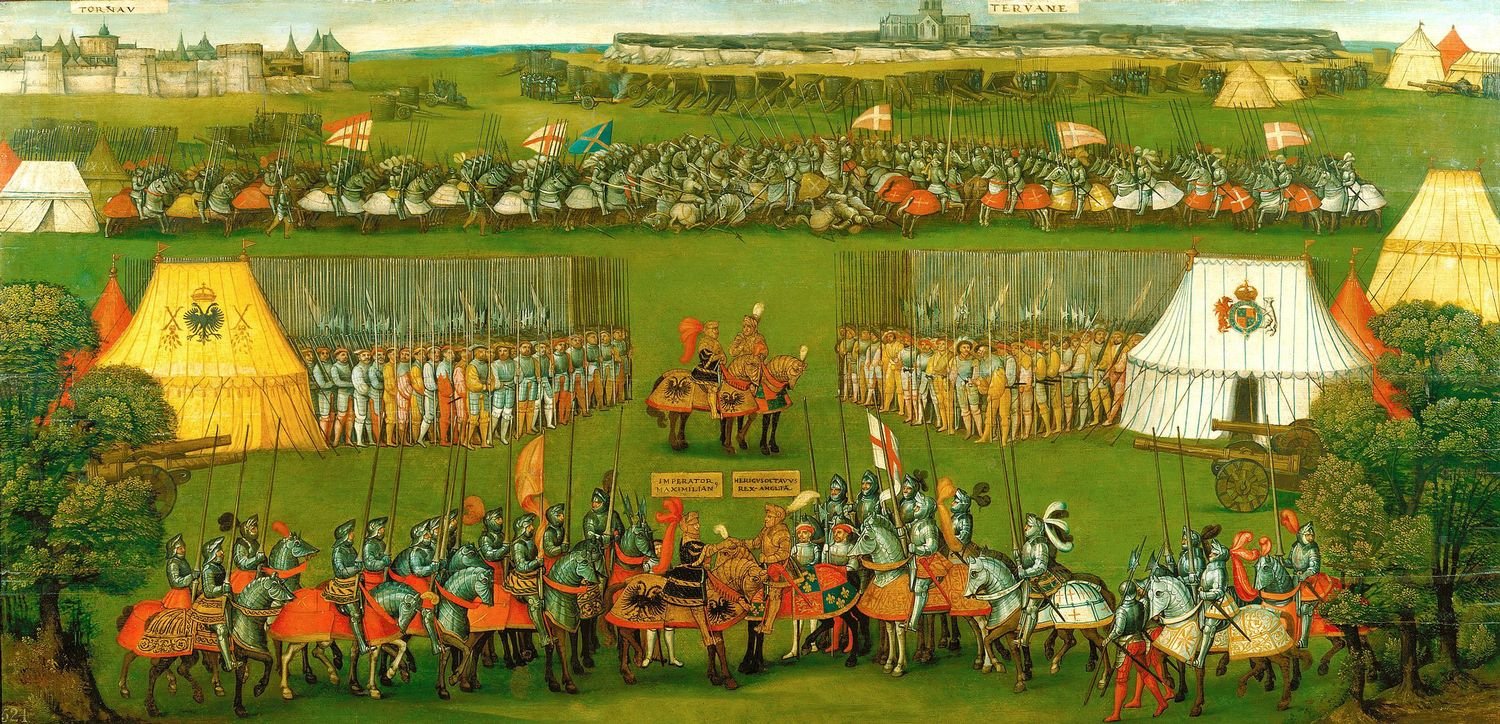
European Armour in the Royal Collection
An introduction to European armour in the Royal Collection.
6. Armour on Display
In the late seventeenth century, the display of arms and armour became a central element of the decoration of royal residences. Large numbers of 'standard issue' weapons can still be seen in distinctive geometrical patterns on the walls of Windsor Castle, St James's Palace and Hampton Court Palace, alongside some of the most important armours in the Collection. Together, they were intended as an assertion of military might, aesthetic design and political order.
Further redisplay took place in the late 1820s under Samuel Rush Meyrick, a pioneer of modern armour studies and an enthusiastic collector in his own right. His own armour displays at home were said to encroach even 'upon the bedrooms'. In the early 1900s Guy Laking, Keeper of the King's Armoury, oversaw further reorganisation of the Collection.







